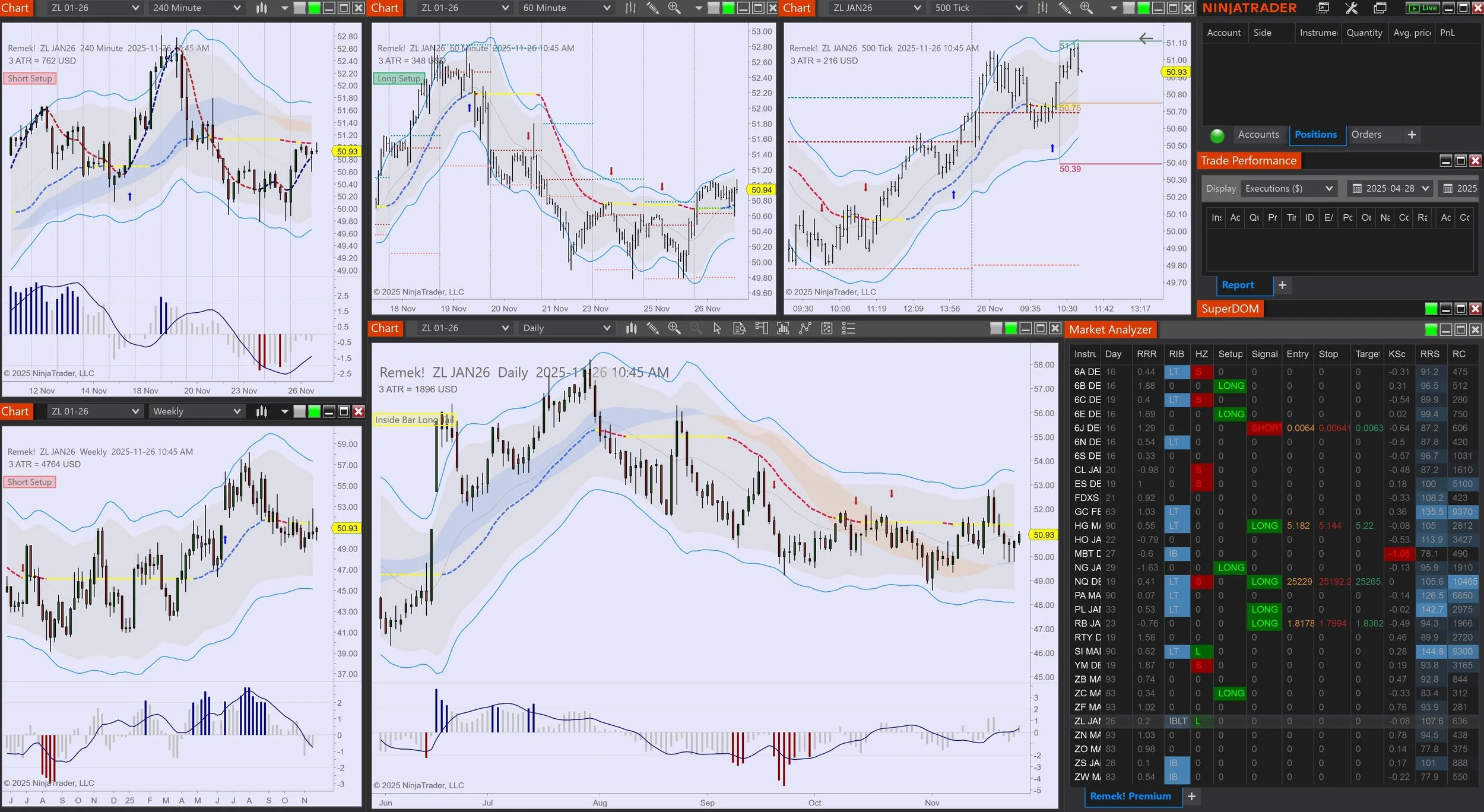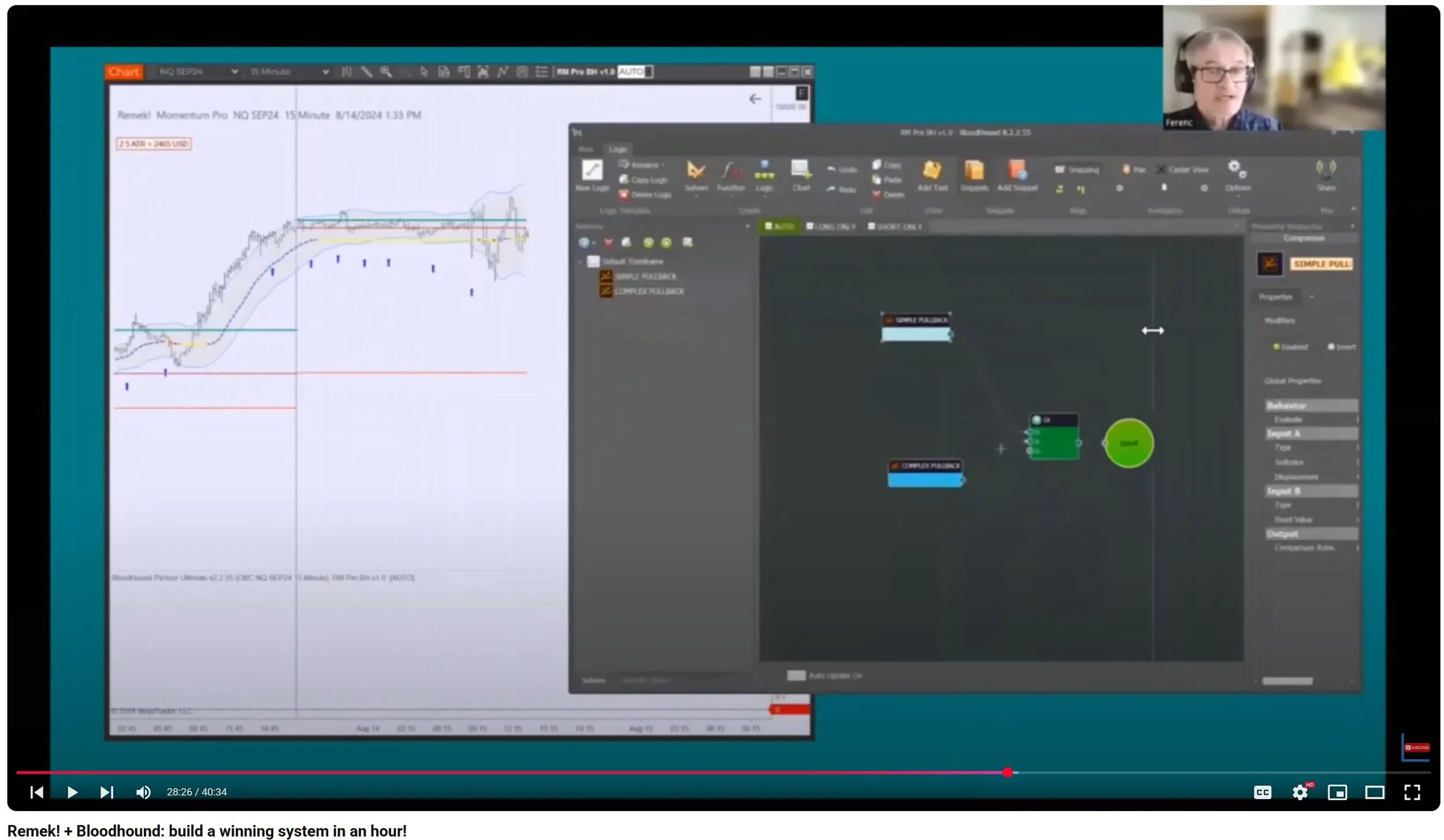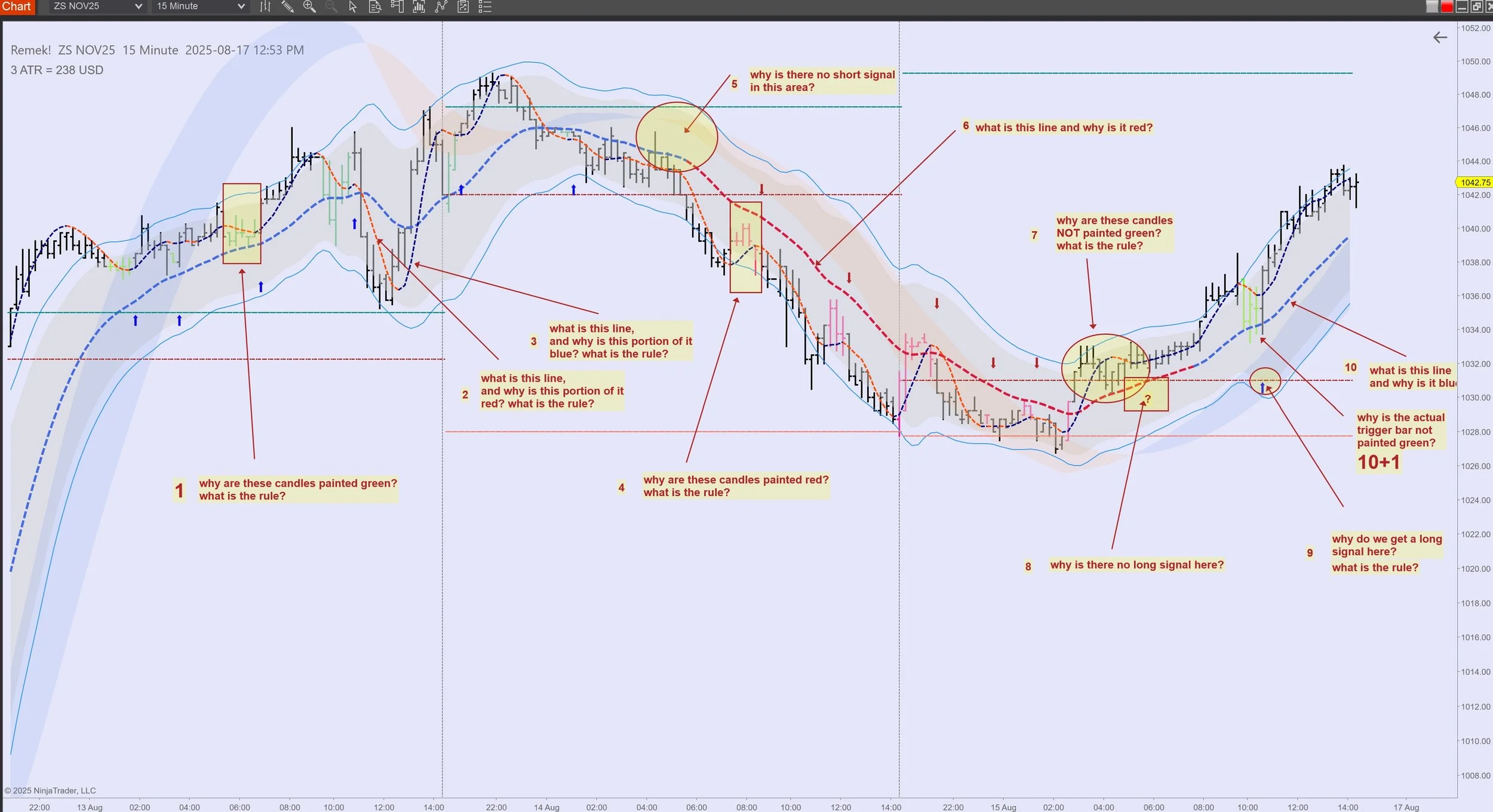Remek! v4.12 (Red Label) doing what it does best: identifying, with algorithmic precision, the best opportunities to exploit crowd behaviour on financial markets.
HG 2025 12 03 - click above for details
What you're looking at:
We trade the 240m chart (that's just us, after 15 years in the trenches. Feel free to choose the timeframe that works - mathwise - best for you)
The Remek! signal (blue arrow, 240m chart) appears on the close of the previous candle
See Market Scanner Pro: the Entry, the Entry's exact price point, our volatility-adjusted, customizable target's exact price point, and our stop's volatility-adjusted, customizable price point are displayed numerically, so all you have to do is EXECUTE ON THE OPPORTUNITY.
Remember: regardless of the outcome of each individual trade, our algorithm makes no mistake in executing the math (your math!) consistently, tirelessly, without fault and at lighning-speed!
Never before have been such algorithmic power, high-end software technology and absolute precision at your disposal. (At least not south of the hedge-fund infested quarter million dollar price point.)
Remek! Suite v4.12 (Red Label): at your service.















